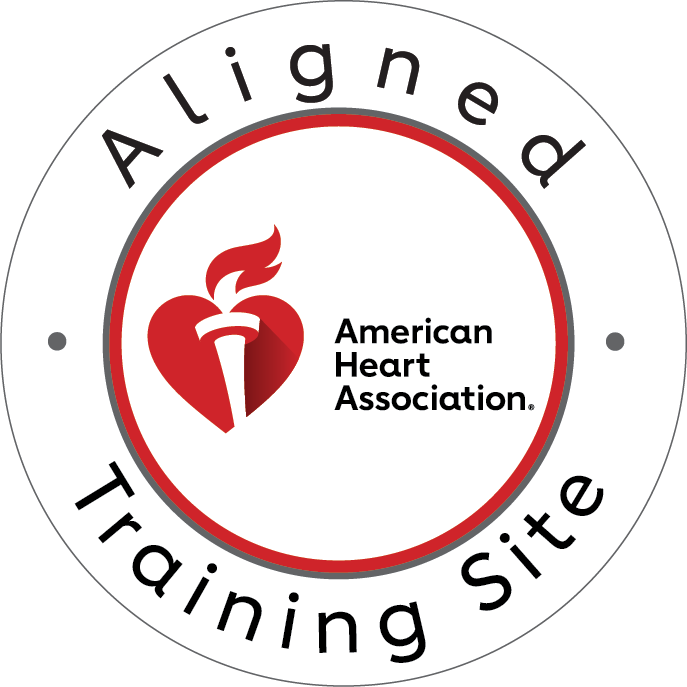Cardiopulmonary resuscitation (CPR) is a vital emergency procedure that can mean the difference between life and death when someone experiences cardiac arrest. By performing high-quality CPR, you can dramatically improve a victim’s chances of survival and neurological recovery. However, not all CPR is created equal – there are specific principles that define what makes CPR “high-quality.”
Let’s explore the 5 key principles of high-quality CPR:
Principle 1: Proper Hand Placement
The foundation of effective chest compressions starts with the proper hand positioning. When performing CPR, you should place the heel of one hand on the center of the victim’s chest, directly between the nipples. Interlock the fingers of your other hand and place them on top, ensuring your arms are straight and elbows are locked. This hand placement allows you to generate the most force and leverage when delivering compressions.
It’s crucial to locate the center of the chest correctly. Placing your hands too high on the chest, near the victim’s neck, or too low on the abdomen can reduce the efficacy of the compressions. The lower half of the sternum is the optimal target zone.
Principle 2: Adequate Compression Depth
Once you have your hands properly positioned, the next key principle is to compress the chest to the recommended depth. For adult victims, you should push the chest down at least 2 inches (5 cm) with each compression. This depth is necessary to effectively circulate blood and oxygen throughout the body during cardiac arrest.
Compressing too shallowly will not create enough blood flow while pressing down too deeply can cause injury. Finding the right balance and maintaining consistent compression depth is essential for high-quality CPR.
Principle 3: Appropriate Compression Rate
In addition to the proper depth, the rate at which you deliver chest compressions is also critical. The current guidelines recommend a compression rate of 100 to 120 per minute for adults. This pace helps ensure adequate blood circulation without being so fast that it becomes difficult to maintain.
Maintaining a consistent, rhythmic compression rate is key. Going too slow will not generate enough blood flow while compressing too rapidly can lead to fatigue and reduced effectiveness. The ideal rate creates a steady, even pumping action to circulate oxygenated blood throughout the body.
Principle 4: Allowing Full Chest Recoil
After each compression, it’s essential to allow the chest to fully recoil and return to its normal position. Letting the chest wall rise completely allows the heart to refill with blood between compressions, which is crucial for maintaining adequate circulation.
Avoid leaning or pressing down on the chest during the decompression phase. This incomplete chest recoil can impede venous return and reduce the volume of blood being pumped with each compression. Full recoil enables the heart to draw in more blood, optimizing the effectiveness of your CPR efforts.
Principle 5: Minimal Interruptions
The final key principle of high-quality CPR is to minimize any interruptions or pauses in chest compressions. Continuous, uninterrupted CPR is the goal, as even brief breaks can significantly reduce blood flow and oxygen delivery to the vital organs.
Coordinate your chest compressions with any rescue breaths or defibrillation shocks to avoid unnecessary pauses. Strive to keep the compression-to-ventilation ratio as high as possible, delivering continuous chest compressions except for the short time required to provide rescue breaths.
Mastering these 5 principles – proper hand placement, adequate compression depth, appropriate rate, full chest recoil, and minimal interruptions – is essential for performing high-quality CPR that gives the victim the best chance of survival. Consistent practice and adherence to these guidelines can truly mean the difference between life and death.
Conclusion
When the unthinkable happens, and a life hangs in the balance, the actions you take in those crucial moments can mean the difference between a tragic outcome and a miraculous save. By mastering the five principles of high-quality CPR, you equip yourself with the knowledge and skills to become a true hero – someone who can step forward and give the gift of life.
The power to save a life is not reserved for the select few; it lies within each of us. All it takes is the commitment to learn, the courage to act, and the compassion to care. So, take the first step today and sign up for a CPR certification course at CPR Kansas City. Empower yourself to be the difference, the beacon of hope in someone’s darkest hour.
Remember, the human heart is a resilient and remarkable organ, capable of defying the odds when given the chance. With your capable hands and unwavering determination, you can be the catalyst that ignites that spark of life, restoring hope and setting a soul back on the path to a full recovery.
The time to act is now. Become a guardian of the heart, a guardian of the soul. Enroll in a CPR certification program at CPR Kansas City, and join the ranks of those who have chosen to be extraordinary. Ready to learn? Get your CPR certification Kansas City today!




